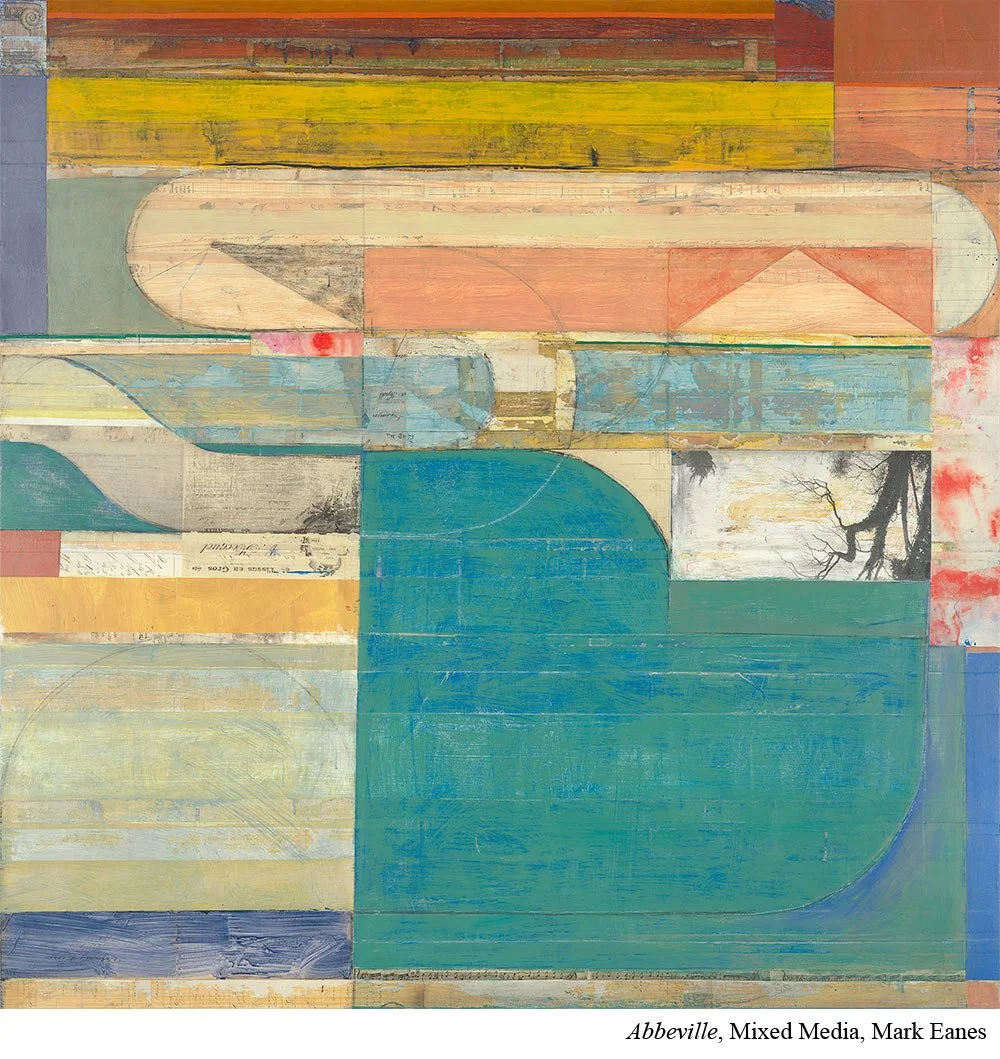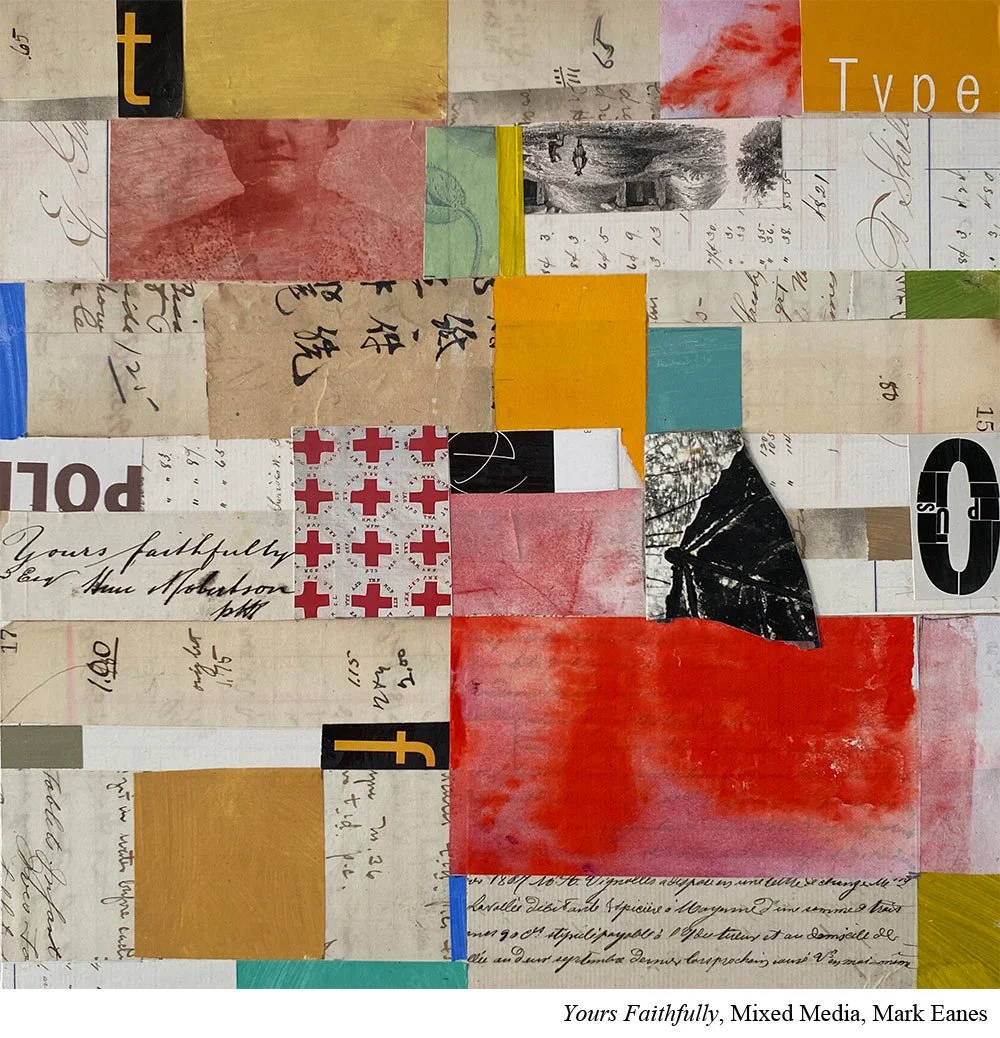Empower Your Problem Solving with Color Vocabulary and Mark Eanes
In Ep. 11 with Mark Eanes you’ll learn a lot of great vocabulary around color.
And while yes, you don’t necessarily NEED to know the terms to get better at painting, here’s why it might be worth your effort.
Art vocabulary helps you categorize and get specific about IDEAS.
Those will, in turn, help you solve issues in your paintings and process.
Often in painting, you’ll look at something and it will just feel off.
If you don't have vocabulary, it’s harder to narrow in on where the actual issue is.
If you have the language to say, “The value contrast is too low in my focal area and my eye is going to the edge of my painting because the value and color contrast over there is high…” now you can start working on a solution.
Put it to Practice:
If you’re not sure where to begin, start by learning the four characteristics of color:
Here’s quick overview:
Hue:
Hue is what we think of when someone says a color. Red, yellow, blue, etc
Value:
Value is the light and dark that’s left when you remove all the saturation from the color. It’s the black, white, and grays of your painting.
Saturation or Chroma:
Saturation or Chroma is how dull or bright a color is. When you take out ALL a color’s chroma, you are left with purely the value.
Temperature:
This is whether a color is warm or cool. There are two types. First, think about whether it’s a warm colro or a cool color IN GENERAL. You can answer this by where it sits on a color wheel. Generally, warms are red, yellow, oranges. Cools are blue, green, and purple.
But each color also has a relative warm and cool. (Listen to the Todd M. Casey Ep.81 for a whole conversation about this.)
Now that you have the basics, practice using them when you mix color, choose pigments or make color choices in your art.
At first it will feel clunky, but eventually you’ll find yourself saying, “I need a warm saturated red here.” Or, “That green is too warm and it looks weird with all those cool colors.”
You now have language to find and solve problems much easier than before.


